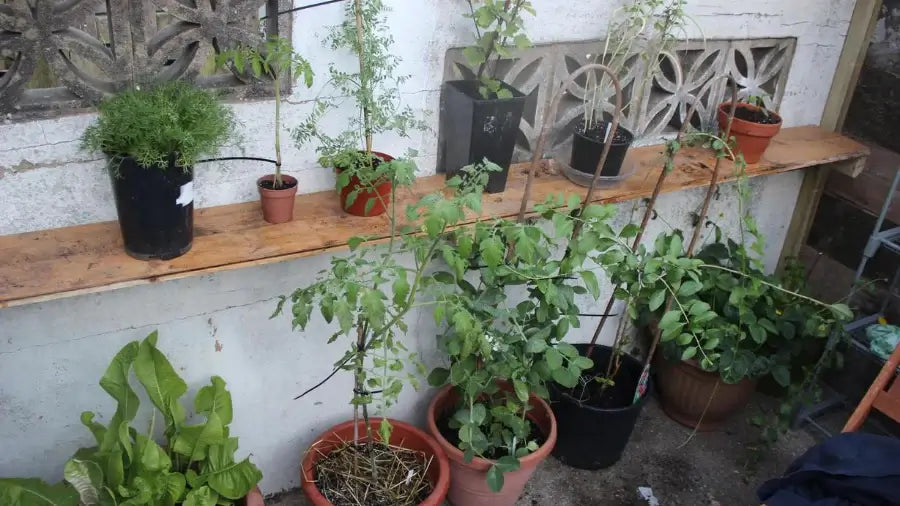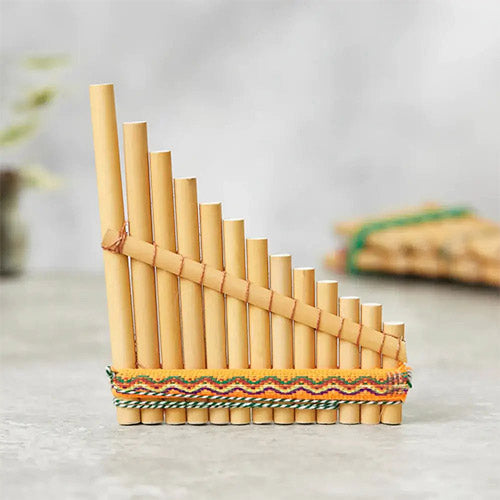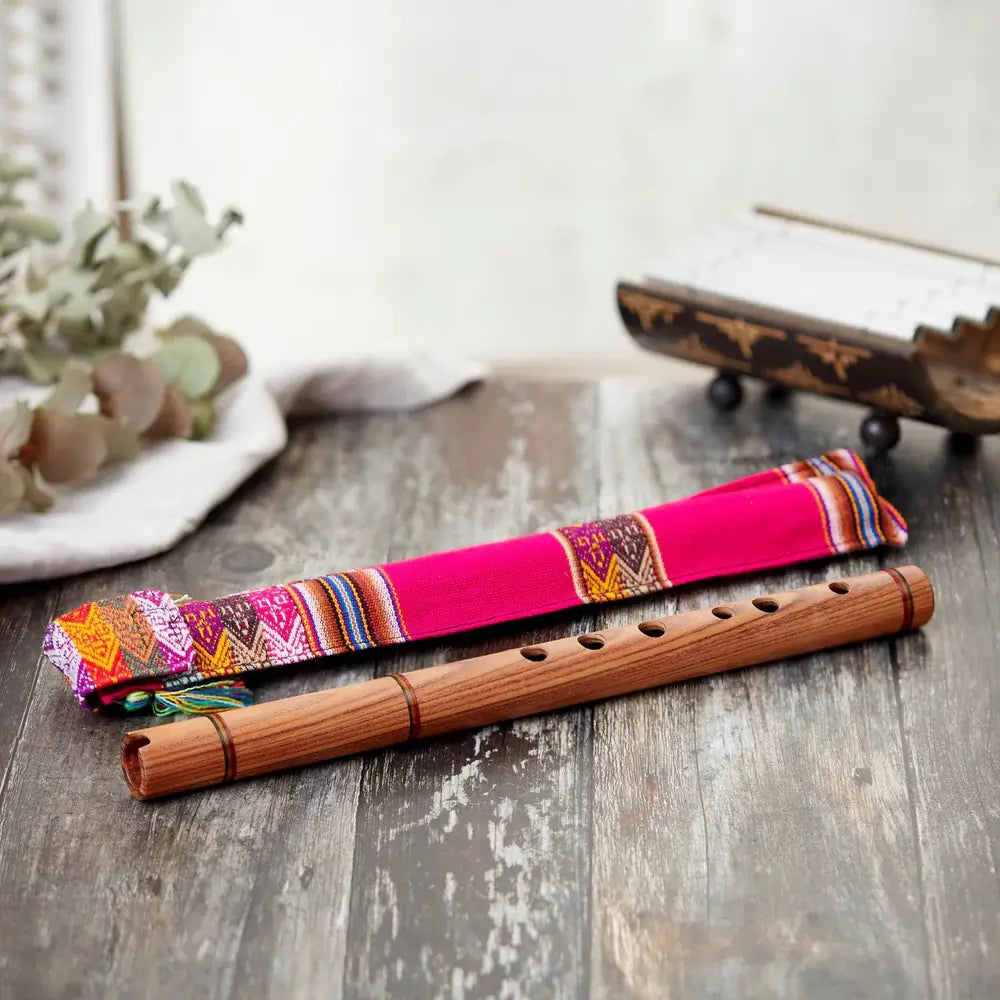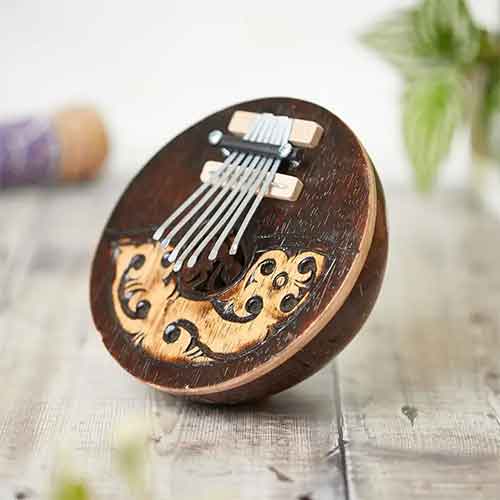The plant life cycle
You should teach your little ones the plant or trees life cycle. In case you don’t know yourself it goes like this. It starts with a seed, It sprouts and grows leaves, and then it becomes a small seedling. Next becomes a small tree, then it is a growing tree. Once it has matured to a certain age, it will produce fruits that contain seed, and the cycle simply repeats itself.
My first time growing plants
My nan who raised me was a full time gardener, and after doing little jobs with her, I subconsciously learned a lot. As I got older, at around 18 years old, I tried my hand at growing tomatoes, which at the time I didn’t like, not raw anyway. My first harvest had a poor result, I got no fruit.
I wasn’t sure what I had done wrong, however, I was more than happy to try again, challenge accepted. At that point I started watching YouTube videos, learning the differences between annuals, biannual and perennial.
The differences, by the way, is that an annual plant lives for the year and then goes to seed, whereas a perennial continues to grow year after year, which means that you do not have to replant a seed again.
After some time, I started to get really good at knowing how to care for this, and that. I managed to get a full harvest of beautiful cherry tomatoes, that I now liked because of this experience. I also started buying more seeds than what I could use, accompanied by tons of visits to the local garden centre where I would go to fantasize about all the fruit trees that I could buy but not have anywhere to put.
The green finger obsession expanded and I built a greenhouse with my brother in law. This was completely perfect for storing lots of different plants that I could grow each season.
One year I grew over 10 different types of chilli
Demon chilli, apache, lemon drop, cherry bomb, birds-eye, ghost, jalapeño, habanero, cayenne, and Padron. I started filling my home with plants, I learned about air-purifying ones such as Aloe Vera, and the spider plant.
My passion for cooking Italian food and for growing plants simply goes hand in hand. Located on my patio I have the likes of fresh sage, thyme, bay, oregano, basil, and mint, that are all at the ready for whenever I fancy cooking up a storm! Because of gardening, foods that I cook taste better, fresher, overall work out cheaper, and are much healthier.
Plants have so many other uses such as natural herbal medicine, therapy, for use in aromatherapy making essential oils. Now that I had the skills and experience to grow successfully, I really wanted my kids to get involved. They have seen me pottering around, repotting, watering and have always seemed interested.
Growing plants in a communal garden

At our house, we didn’t have our own garden. It was a shared communal space and I didn’t see why it would be a problem to grow some plants. I spent all day digging making a plot for my many plants so that they could bloom.
I thought that we would be able to make the most of the space and that other people who shared the space would also enjoy some beautiful natural things growing. Unfortunately, our neighbour made a complaint after I had done all of the hard work, and I had to put everything back to how it was.
2017 Harvest
In 2017 I made a wooden trellis out of scrap wood for climbing plants.

Our spring harvest included black poppy seeds, fenugreek pods which we used the seeds inside and also the leaves which are known as methyl leaves.

Sugar snap peas, I don’t like the flavour of them too much but Sadie loves them, and I guess they taste 100 times better when you grow them yourself.

Moving From House to Flat
After moving to our little flat, I decided to give away a lot of our plants to friends and family. The few plants that no one wanted, I planted outside in various places, handing them back to nature.
I would have loved to keep them all but now we do not have the space for them. Nowadays in our flat, I don’t have many plants but the ones I do have, I love. I mainly keep perennial plants that keep growing year after year without the need to being replanted. This means that I can continue to care for them without the jobs of getting green in spring.
Plants that I keep are an olive tree, nothing is quite as beautiful and ornamental as the Italian olive tree. I have a lemon tree that gives us lemons year round and this is another Italian variety. (Anyone that knows me, knows I love everything about Italy.) Also the lemons from our tree make the best Italian Limoncello.
I have an avocado tree that I grew from pit, it was so tiny and now it is huge, dominating most of the space on our balcony. It may seem silly but that three-year-old tree has become a member of the family, it even spreads out like it wants a hug.
I have a little orange tree that is growing a little each year, but it’s still very small. A money tree (we had one in our hotel room in Italy, and I had to get one for home), hopefully it gives us an abundance of money so that we can use it to help people that need it. Finally we have an Aloe Vera plant that takes care of purifying the air, and healing our wounds and burns if we ever get any.
Best plants to grow with kids
The best plants to grow with kids in my personal opinion is something that grows quickly and is something that they like to eat. Here are a few examples.
- Sunflowers
- Tomatoes
- Radishes (grow extremely fast and aren’t fussy about their conditions)
- Basil, chives and other herbs
- Cress
- Lettuces
- Strawberries
- Cucumber
- Sugar snap peas
You can get a selection box that contains various seeds, it is a perfect starter box for your child’s first time growing and can help it go smoothly. It provides complete peace of mind and has everything in it that you will need (seeds, compost discs, twig pencil, plant labels, and an activity sheet that will teach them the basics.
Kids Gardening Kit

Grow your own plants set

Learning to grow food is such an important part of life, it gives you incentive to see how it is for all the farmers, obviously on a smaller scale but the reward you get from growing your own plants and food is incredible. You can eat what you have grown and know that it was the hard work and effort you put into that tiny little seed to have such a positive outcome.
Children’s eyes see a lot, but most of the time us as parents don’t allow them to join in with cooking, growing things, shopping because we are so set in our ways. So when it comes to food they think it just appears from the kitchen. They need to be taught that you should have to grow your food to appreciate the process of everything.
With this bundle of grow your own, your children really can get involved in their own gardening. They will grow vegetables such as sunflowers, sweetcorn, tomatoes and beanstalks. How fun! They will get their own pair of gardening gloves, cute little animal plant markers, a plow, plant pots, a fork and it all comes in an adorable carry bag. This bundle is suitable for up to four children or just one it is completely your choice.
I see this bundle as a great gift, it gets children joining in with the real world, it teaches them how to grow things and it is a vital part of survival if all food was to go. They will enjoy getting muddy, watering them every day and nurturing the plants as you did them.
The product has a 100% 5 star rating, not one unhappy customer! Even a grandparent said their granddaughter loved it, and another parent said how quickly the shoots came up, even the beans are edible.
How to grow plants with kids?
1. Watering
Before you actually grow plants with them, I recommend teaching them some of the basics. This includes getting them a little watering can that you can fill with water for them and they can go around your current outdoor plants and water them for you. This teaches them one of the basic caring principles.
2. Harvesting
Then you can move on and do a harvest with them, such as taking fruits, vegetables or herbs from the plant when ready and letting them eat it. You must explain to them many times that they cannot eat everything. Explaining that some plants can be toxic, poisonous and be dangerous.
For this reason, you should supervise them at all times for when they get curious about plants because they may try picking up weeds and eating them. After this, you can start the process of actually being able to grow plants with them. If you do choose to go the DIY route, then read on below for the things that you will need.
What you will need:
For this, you will need multipurpose compost, some plant pots, and some spoons. Give your child a spoon and start the activity. Tell your child using their spoon or hands if preferred to start taking the compost from the bag and putting into the pot until is around 3 quarters full. Once complete, poke your finger in the soil and get your child to place one seed in each hole. This should be done according to the instructions on the seed packet, as every plant prefers different depths, etc.
If you are doing tomato seeds half a finger deep should be fine. When the seeds are inside lightly cover with soil, and water well, keep in a sunny window inside until it is ready to put outside. If you have lots of seeds, enough pots, and compost you should repeat these steps, just because practice makes perfect.
I have done this with my kids at ages two and three. Yes, it can be challenging but it is a nice activity to do together and will teach them a lot. With all things, as children, we start and we are not great at the task, but over time we get better. That is why you should start today.
My two-year-old son at school planted a sunflower seed and he seems amazed that it has gotten taller than him! When he brought it home from nursery, I placed it on the living room window but he loves it and asked if he could have it in his room. He even reminds me of when it needs watering, which I think is amazing.
Understanding the plant life cycle
You should teach your little ones the plant or trees life cycle. In case you don’t know yourself it goes like this. It starts with a seed, It sprouts and grows leaves, and then it becomes a small seedling. Next becomes a small tree, then it is a growing tree. Once it has matured to a certain age, it will produce fruits that contain seed, and the cycle simply repeats itself. Growing plants with children can be a super fun activity and will also be educational, it’s a win-win! Enjoy and good luck.
My favourite things that I have grown from seed is an avocado tree, a lemon tree, and an orange tree.
How to Grow A Lemon Tree From Seed
Growing your own lemon tree using our guide below is a simple process. If you start today you will have your own lemon tree within a month. It’s worth noting that in England your lemon tree will need to be kept indoors until it is established, after that it will need to be brought back indoors over winter to protect it.
For this project you will need
- A lemon (or seeds)
- Ericaceous Compost
- Plant pot
- Glass jar
The first thing you will want to do is cut a lemon in half squeezing out the juice and seeds. Then find some seeds that are not damaged and rinse them in water to remove the fruit pulp. If you skip this step the fruit pulp that is left on the seed will cause the seed to rot instead of germinate.
Using two fingers you will need to peel each seed you would like to germinate. This can be done using your nails and you should be extra careful to not damage the seed. Place the peeled seeds onto some toilet paper or kitchen roll, fold it over and then rinse with a little water to make it damp. Put the toilet paper seeds into a glass jar in a dark place for about three weeks to germinate.
You can put the glass jar under your bed or in an empty cupboard. After three weeks, the seeds should have started sprouting and you will be able to carefully remove each seed from the tissue and place it in a small plant pot full of ericaceous compost. If you intend on keeping multiple plants you should ensure to keep the germinated seeds separate as the roots will tangle up and later on it will be more difficult to separate them. A few weeks later you will have your very own small lemon tree. It will take 3 to 6 years for your lemon tree to be able to produce fruit and unfortunately some trees never do which is why we recommend growing more than one tree.
Up next: 17 popular kids toys for the garden












